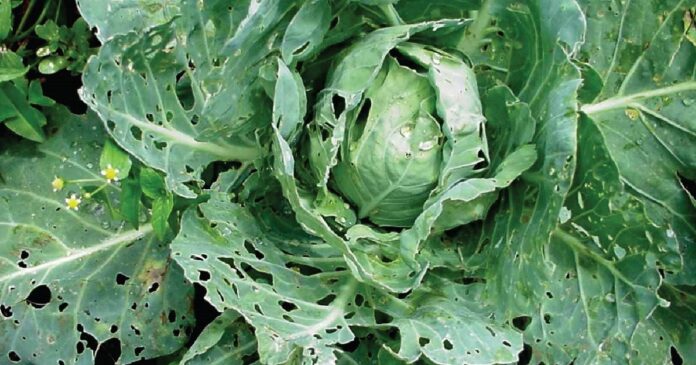Cabbage pests including cabbage worms, cutworms, root maggots, etc. can cause severe damage to your cabbage farm leading to huge losses.
Let us look us how these cabbage pests operate and how to control them.
1. Cabbage worms

Affected Area: Leaf
Description: Loopers are caterpillars that are generally green or greyish, taking on the colour of the host plant. They may blend well and be difficult to see. They eventually develop into white- or yellow-winged butterflies often seen fluttering about the plants. Caterpillars feed on the underside of leaves leaving ragged holes sometimes to the extent that plants starve and die.
Control: Spray with Bacillus thuringiensis (Bt) commercially available as Dipel or Thuricide.
2. Cutworms
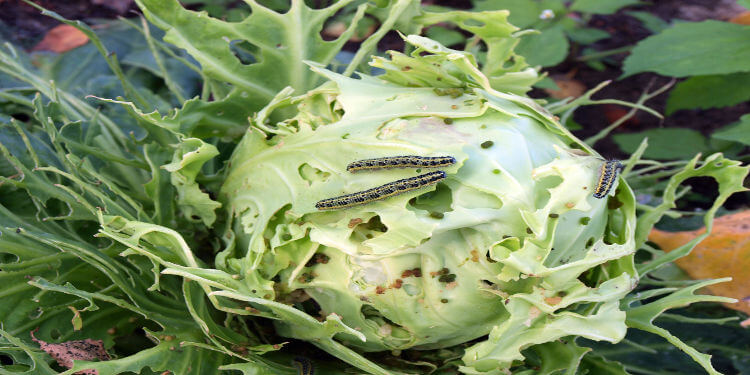
Affected Area: Stem
Description: Plants chewed off just above ground level. Cutworms are caterpillars 1 1/2″ long and mottled or striped green, brown or grey. When they are disturbed, they roll up in a coil. They usually position themselves at the moisture line in the soil moving up and down according to the water content. If the soil surface is dry, they will be found a couple of inches below the surface where the moisture begins. When newly watered, they will be at the surface.
Control: Put cardboard collar around new transplants to extend 1″ to 2″ above and below soil level.
3. Root Maggots
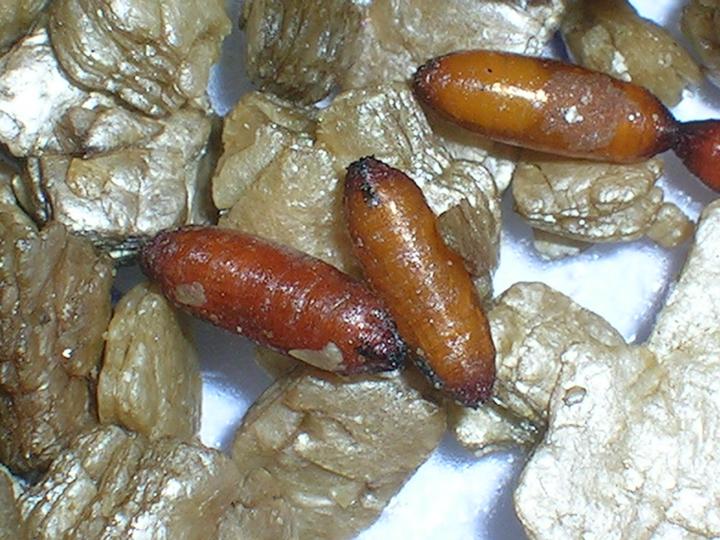
Affected Area: Root
Description: Leaves wilt and growth is stunted. The insect is a common, white, root-feeding maggot. 1/4″ long adult flies emerge from the soil about the time cherries bloom and lay eggs at the base of plants in the surrounding soil. Legless larvae feed on the host plant for three weeks, riddling the roots with brown tunnels before they pupate Two or three generations can occur each growing season.
Control: Use Diazinon before planting as a soil treatment. Rotate from year to year.
4. Flea Beetle
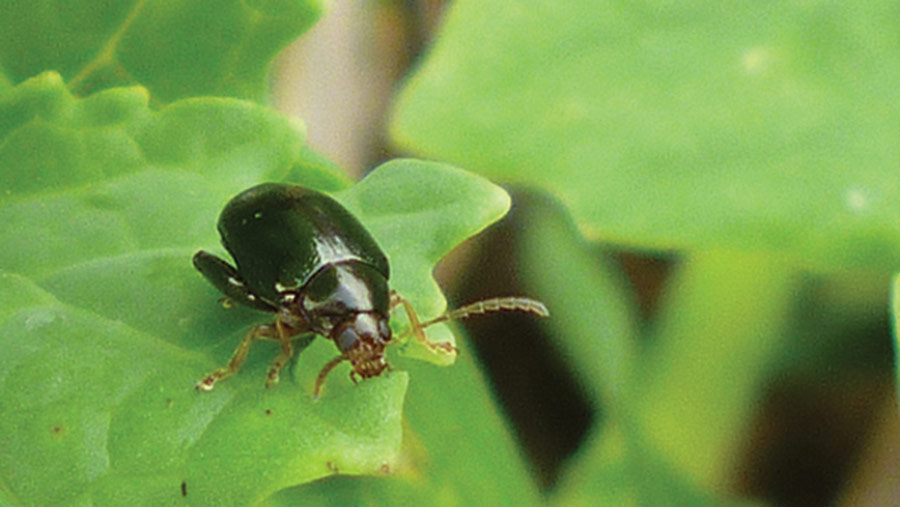
Affected Area: Leaf and Root
Description: Tiny holes created in leaves by the adult insect. Adult insects are 1/16″ long, hard-shelled, shiny, dark-coloured beetles that jump when disturbed. Slender, whitish, cylindrical larvae feed in or on roots but root damage is generally minimal.
Control: Dust with Rotenone. Keep debris removed. Rotate the location of planting from year to year.
5. Aphids
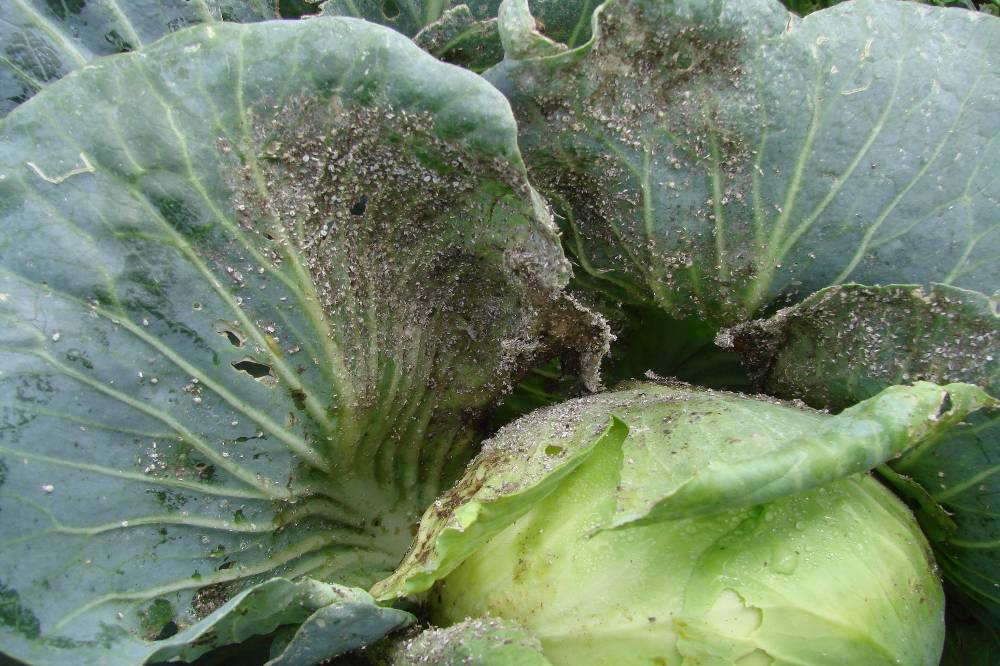
Affected Area: Leaf
Description: Green, red-black or white insects that cause curled yellow leaves and exude a honeydew substance
Control: Insecticidal soaps or a strong stream of water or most labelled insecticides like Diazinon or Sevin. A layer of aluminium foil under plants reflects light to the underside of leaves making them an undesirable habitat for aphids.
6. Diamondback moth caterpillar
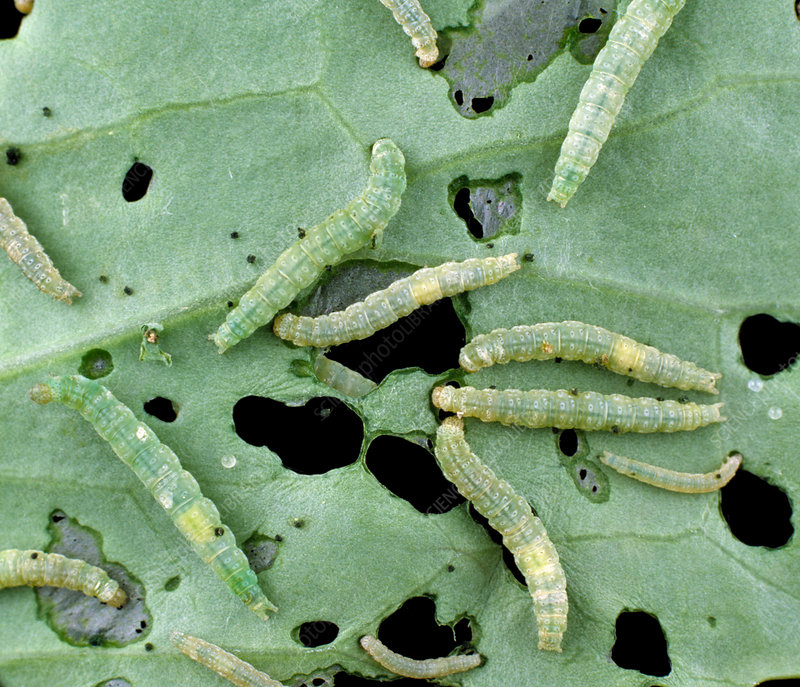
Affected Area: Leaf
Description: This caterpillar causes small holes in the leaves and weaves cocoons about 1/3 inch long on the leaves.
Control: The best form of control is to apply an effective insecticide.
Reference
10 cabbage farming diseases you’ll face and how to cope – ypard.net
